NFT Scam Alert: How Quratorx & Ethzrvault Target Artists
By Leo Grzyb – 2025-07-21Before we dive in!
Your time is valuable. That’s why I’m working on something special behind the scenes to help you work smarter and more effectively. Evolving prompt library, plug-and-play templates, and a simple setup guide for using AI tools. It’s packed with time-saving tips and real examples I use daily. I’ll be updating it regularly as I test new workflows.
Whether you’re aiming to boost productivity, automate repeatable tasks, or finally leverage the power of AI, these resources are your shortcut.
Sign up once. Get instant access. Keep every future update!
Are you an artist selling NFTs? Scammers are using trusted names like Eugenia Tsai or Sonia Fernandez to trap creators into fraudulent schemes, which could happen to anyone.
While the post focuses on Ethzrvault.com, mentioning other platforms readers report in the comments section is beneficial, such as Quratorx.com / Privevault.com. More about that in the section Broaden the Scope of NFT Scams – Quratorx.com.
The positive part of this bad experience is that we are trying to update this article thanks to your comments, so please, if you have some experience with this topic, add them to the comments section. You will help others stay informed and save them from losing money.
How The NFT Scam Targeting Artists
Scammers on ethzrvault.com / quratorx.com target artists by impersonating well-known art curators and collectors. They send fake emails and links through platforms like Linktree, posing as real people to lure you into selling your NFTs.
NFT scams are becoming increasingly sophisticated, and artists must be aware of these tactics to avoid falling victim to NFT fraud.
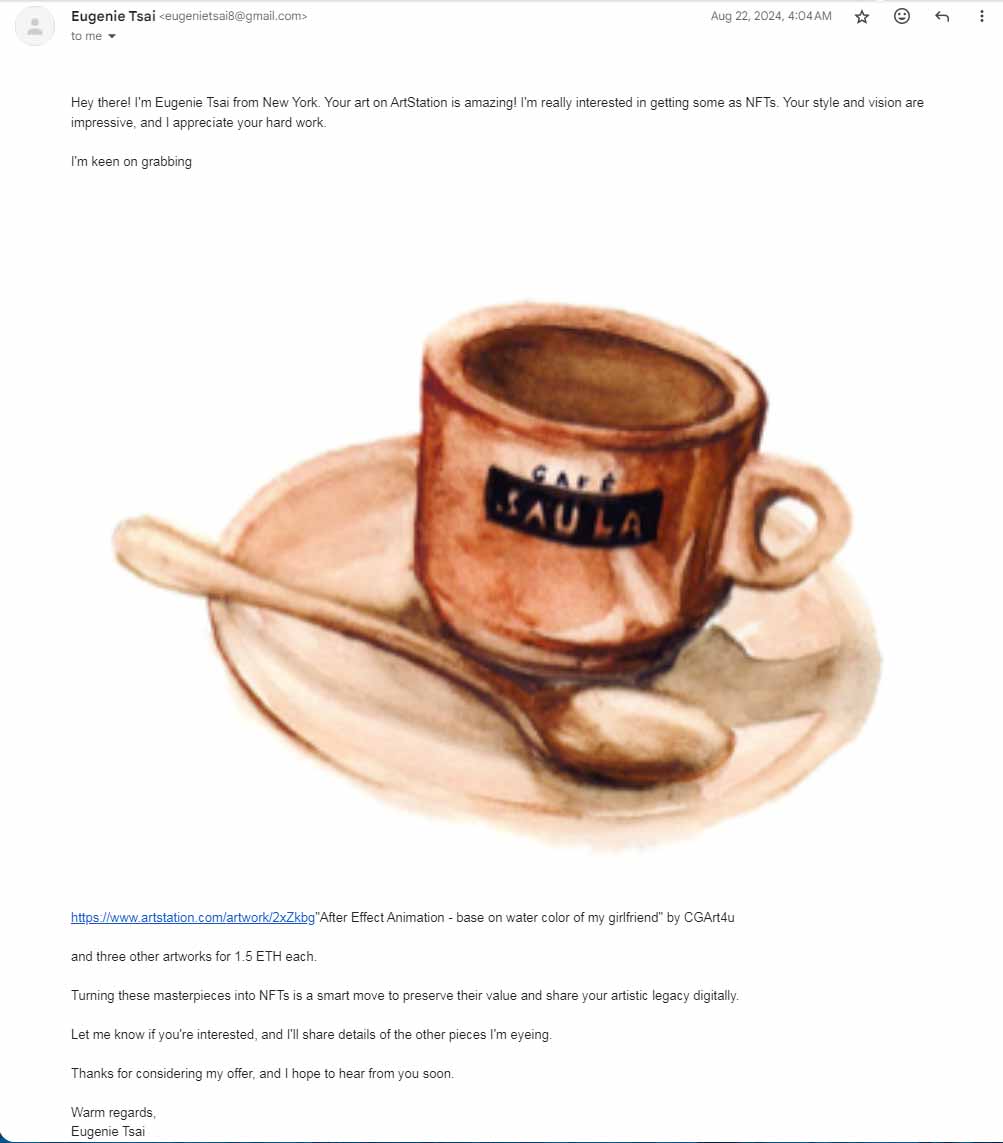
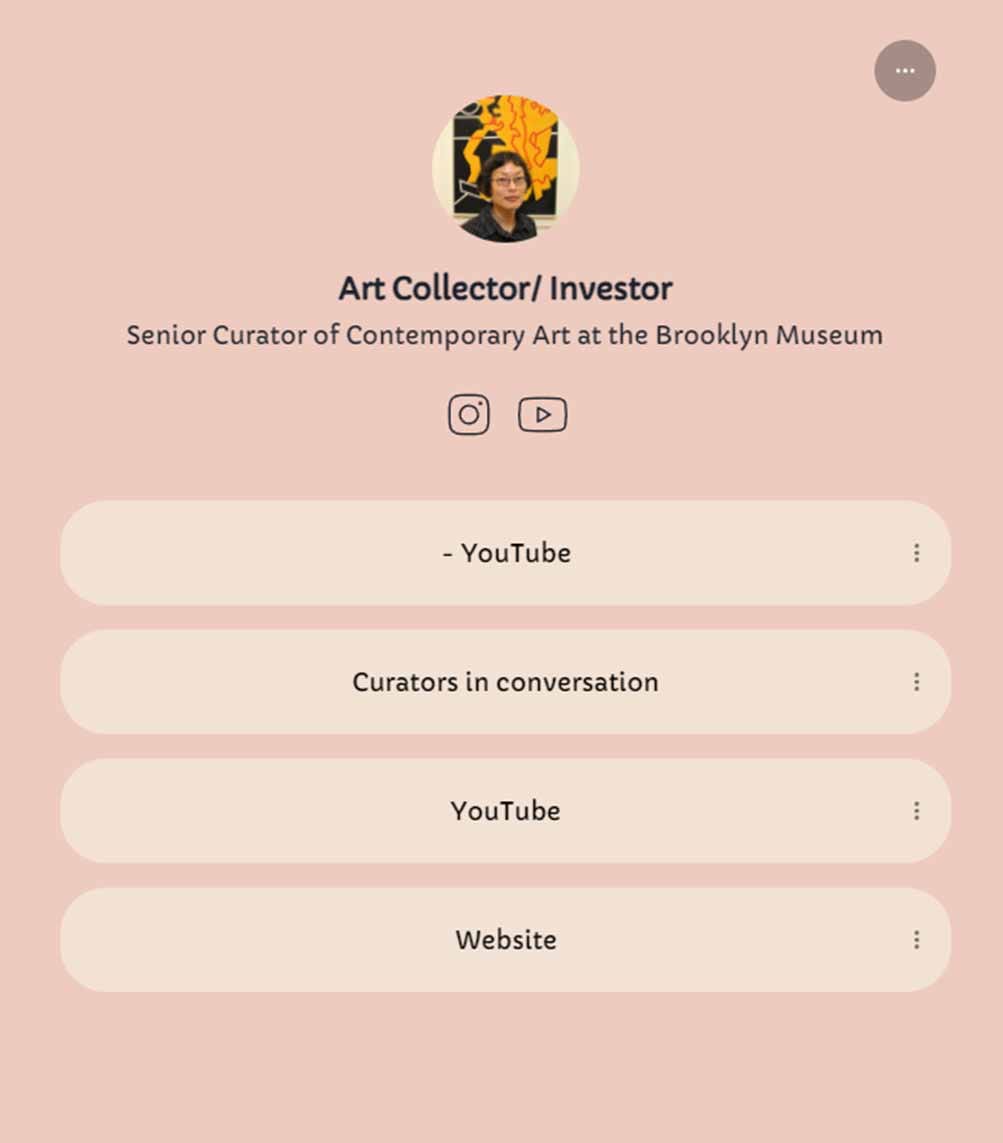
NFT Scams: How Scammers Use Curators’ Identities
A common tactic is using the identity of a respected figure in the art world. Recently, contemporary art curators Eugenia Tsai and Sonia Fernandez have become victims of these scams. Fraudsters abused her reputation by using her profile picture and YouTube videos, even falsely presenting her as an NFT collector on Ethzrvault.com / Quratorx.com / Privevault.com.
Imagine seeing a famous curator like Eugenia Tsai endorsing your work.
It was exactly this thought that triggered my emotions and desire to create a profile on Ethzrvault.com / Quratorx.com / Privevault.com and create my first NFT.
Only to find out later it was all part of an elaborate scam.
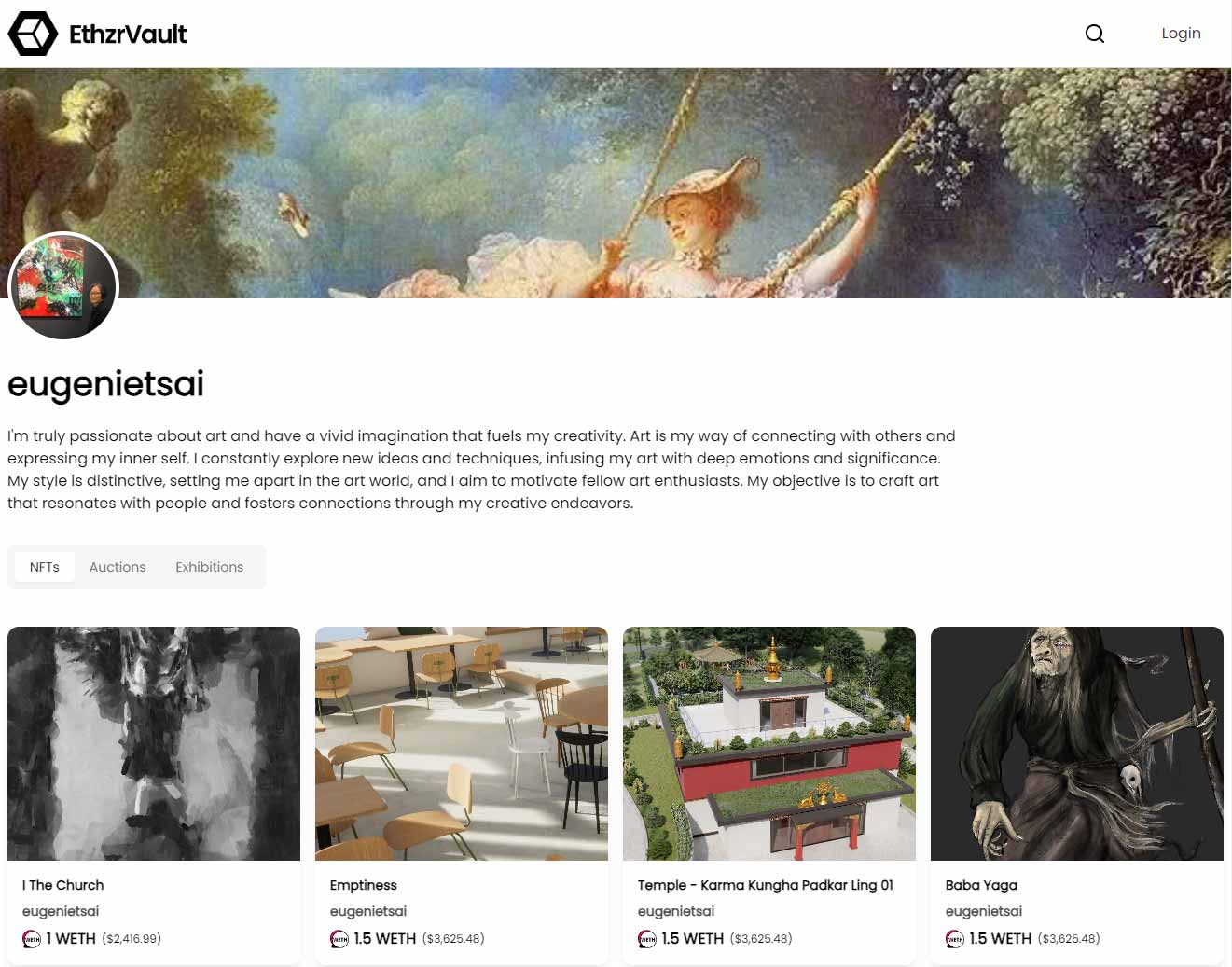
Fake NFT Offers Through Your Portfolio (e.g., Artstation.com)
Caution is never enough, and I would never say that this could happen to me.
They reach out to artists through platforms like Artstation.com.
In my case, it took almost a month to respond due to the enticing offer and family pressures. Emotions often cloud judgment when money is involved. My first suspicion was when they wanted to buy a piece I hadn’t even planned to sell – a red flag in hindsight. I created the profile that led them to me on Artstation.com a long time ago out of curiosity, and since then, I haven’t used it at all. So, the things I put there didn’t even have that much artistic value for me and were personal.
They often target under-the-radar artists, reaching out through portfolios like Artstation.com with offers that seem too good to be true. It took me some time to realize that I was being drawn into an NFT scam.
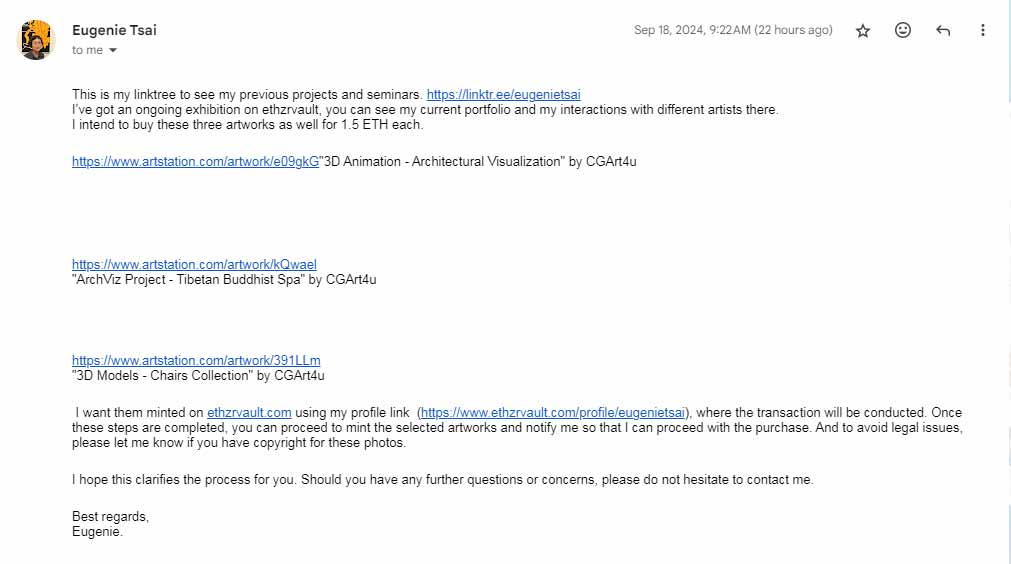
How Ethzrvault.com / Quratorx.com / Privevault.com – Scams Work: My Story
After much debate, I gave in and created an account on Ethzrvault.com. I had to move 0.15 ETH to their wallet for NFT creation fees – money I’ll never get back. The creation fee was quite high, 0.15 ETH, and that almost put me off (it’s a shame I didn’t do it). I created 2 NFTs, which cost me 0.3 ETH, and sent the link to Eugenia’s email.
The answer was that I should create all the NFTs that she chose and that she would buy them all at once. That’s where my first suspicion that it was an NFT scam appeared. I said to her, First buy these two, and then I will add more. In turn, she bought them, but the money with which she bought them could not be used because the transaction was pending. The scam was evident when the buyer, posing as Eugenia, asked for an additional 0.22 ETH for each NFT to “finalize the transaction.” It was all a ruse, and I never saw the funds again. At that very moment, I wrote to them that they had taken advantage of me and it was a scam. Since then I have never got any answers from them and I’ve lost my money. At the time when it happened to me, there was not much information about these sites, that’s why I decided to write this article. Trying to help other artists and families avoid falling prey to fake NFT platforms.
If a platform asks for excessive fees upfront, it’s likely a scam. Always investigate before transferring funds.
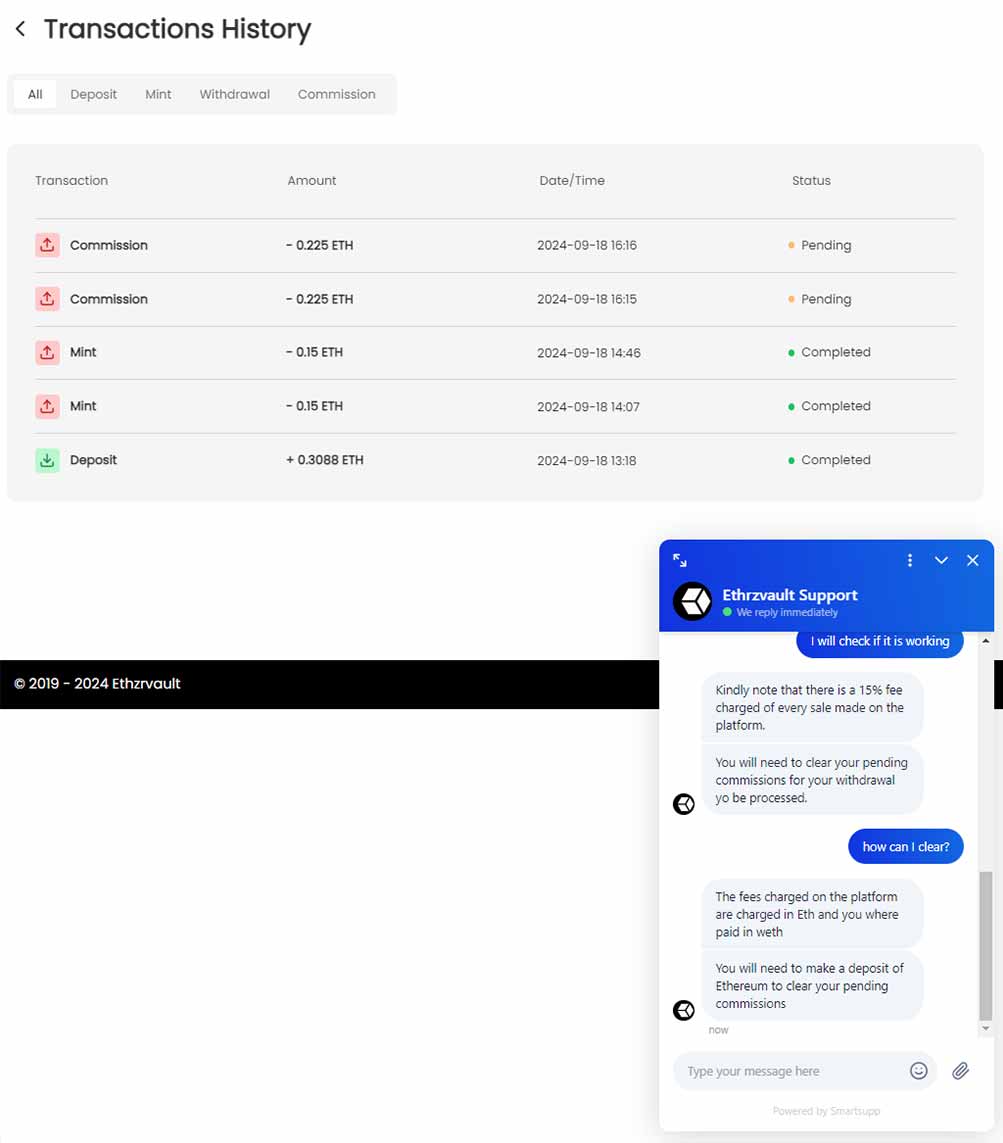
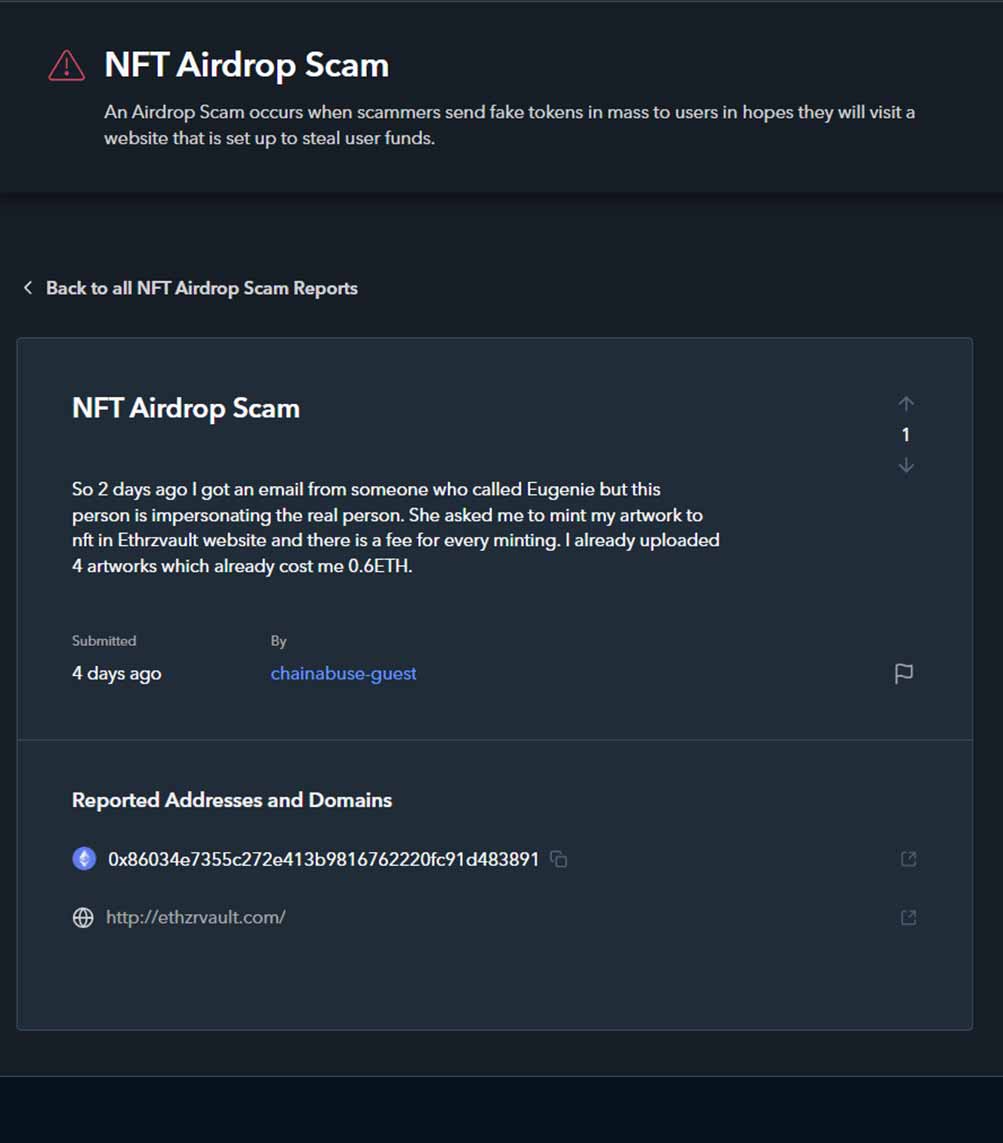
Broaden the Scope of fake NFT platforms – Quratorx.com / Privevault.com
Quratorx.com / Privevault.com operates similarly, targeting artists through platforms like ArtStation and requiring registration, only to leave users vulnerable to scams involving fake projects and payment requests.
For instance, readers named Archibald and Hema noted that the scammers reused identical tactics, reinforcing the importance of recognizing patterns and staying vigilant.
Gathering and sharing further experiences from victims can help the community stay informed and proactive. This inclusion emphasizes the prevalence of such scams and reinforces the need for vigilance.
Common scams like these erode trust in the NFT ecosystem, making it increasingly difficult for legitimate platforms and artists to thrive. To help artists identify and avoid such pitfalls, it’s crucial to watch out for red flags such as unsolicited offers, requests for upfront payments, or unverified project claims.
Additionally, artists should prioritize using well-known, secure platforms and consider consulting community forums or trusted peers for feedback before engaging with unfamiliar projects.
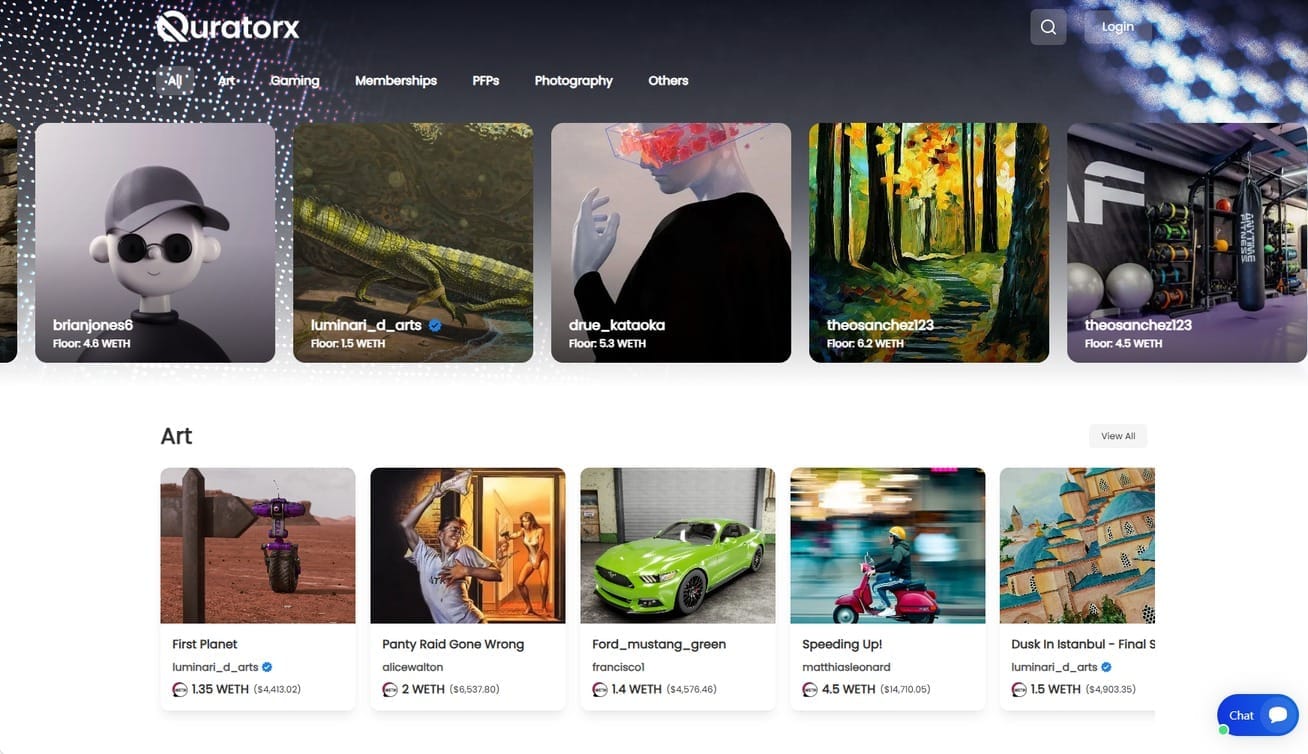
Always Use Trusted NFT Platforms and Tools
Here’s a breakdown of some popular options, keeping in mind that the “best” alternative depends on your specific needs as a creator or collector. These platforms not only help keep your work safe but also offer a legitimate way to explore NFT opportunities without getting burned.
- OpenSea – Often cited as the largest NFT marketplace, with a vast user base and a wide variety of NFTs, including art, music, collectibles, and more. It supports multiple blockchains like Ethereum, Polygon, and Solana.
- Pros: Large audience, diverse NFT types, user-friendly interface.
- Cons: Higher fees on secondary sales (2.5%), have faced security issues in the past.
- Nifty Gateway – Known for its curated collections and “drops” from well-known artists. It also facilitates purchases with credit cards.
- Pros: Features prominent artists; credit card payments accepted.
- Cons: Can be selective in terms of creators.
- Mintable – Often cited as the largest NFT marketplace, with a vast user base and a wide variety of NFTs, including art, music, collectibles, and more. It supports multiple blockchains like Ethereum, Polygon, and Solana.
- Pros: Large audience, diverse NFT types, user-friendly interface.
- Cons: Higher fees on secondary sales (2.5%), have faced security issues in the past.
- Foundation – Known for its curated collections and “drops” from well-known artists. It also facilitates purchases with credit cards.
- Pros: Features prominent artists; credit card payments accepted.
- Cons: Can be selective in terms of creators.
- SuperRare – A curated marketplace focused on unique, single-edition digital artworks. It’s known for its high-quality art and a more exclusive feel.
- Pros: Focus on high-quality, rare art; strong community of collectors.
- Cons: More difficult for artists to get accepted; higher fees (15% on primary sales, 3% marketplace fee on all sales).
- Rarible – A community-governed NFT marketplace supporting multiple blockchains, offering creator tools for diverse digital assets.
- Pros: Community governance, creator-focused features, multi-blockchain support, variety of NFTs, user-friendly.
- Cons: Mixed user reviews, security concerns, potential for uncurated content, gas fees (Ethereum), and strong competition.
A hardware wallet that keeps your digital assets safe offline:
- Ledger Nano X – A hardware wallet that keeps your digital assets safe offline. If you’re serious about NFTs, this is one of the smartest investments you can make. Bluetooth-enabled hardware wallet provides secure offline storage for cryptocurrencies and NFTs, protecting private keys from online threats.
- Pros: Enhanced security through offline storage, supports a wide range of cryptocurrencies and NFTs, user-friendly interface, Bluetooth connectivity for mobile use, reputable brand.
- Cons: Higher upfront cost compared to software wallets, requires physical device access for transactions, potential risk of physical loss or damage, and occasional firmware update complexities.
- Pros: Enhanced security through offline storage, supports a wide range of cryptocurrencies and NFTs, user-friendly interface, Bluetooth connectivity for mobile use, reputable brand.
Factors to Consider When Choosing an Alternative:
- Type of NFTs: Some platforms specialize in art, while others have a broader range (collectibles, music, gaming assets, etc.).
- Blockchain Support: Ensure the platform supports the blockchain where your NFTs reside or where you plan to create them.
- Fees: Compare transaction fees, listing fees, and royalty structures for sellers and buyers.
- Community and User Base: A larger user base can mean more visibility for your NFTs, but a smaller, more focused community might be better for niche collections.
- Curation: Curated platforms might offer more prestige but can be harder to get into as a creator.
- Ease of Use: Consider the platform’s interface and how easy it is to navigate, list, buy, and sell NFTs.
- Security: While all platforms using blockchain technology have a degree of inherent security, it’s worth researching any reported vulnerabilities or security practices.
It’s recommended to explore a few of these alternatives to see which one best aligns with your goals and preferences.

How to Protect Yourself from NFT Scams
If I’m being honest with you, the worst part of being scammed isn’t just losing money—it’s that awful feeling of “I should’ve known better.” That’s why I’m sharing everything I’ve learned since this happened. Here’s how you can fight back smarter, to protect yourself from NFT scams like those on Ethzrvault.com / Quratorx.com / Privevault.com:
✅ Always verify the sender’s email address, especially when it includes offers that feel too good to be true.
✅ Cross-check claims with official websites or social media profiles.
✅ Be cautious of unsolicited links, especially through Linktree.
✅ Report fraud to the hosting platform and alert the art community.
✅ Update and secure your digital wallets regularly. Scammers often prey on outdated systems with weak points.
✅ Never send crypto upfront. Legit platforms don’t require high fees before purchases.
✅ Stay in the loop. Join trusted online communities and Discord servers focused on digital art and crypto safety. Reddit, Twitter (Crypto/X), and specialized NFT forums often surface new scam alerts faster than official sources.
Scammers aren’t slowing down – but that doesn’t mean we can’t stay one step ahead. Be cautious, stay informed, and don’t let fear stop you from exploring the NFT space. Just like any creative pursuit, it comes with risks – but with the right tools and mindset, you can navigate it like a pro.
Questions and Answers Related to the Article
If you have experience with this topic,
feel free to share your insights in the comments!
Responses

Thanks.
I received mail from “Kristen Gaylord” with link to Quratorx.
Interestingly, they found me on Fab.com where i sell 3d models, not images.
They “wanted” my images of these 3d models
Thank you for your comment, it is important for people to share this information to avoid future problems. I am trying constantly to update this article based on your comments.

Hmm.. I received an email from someone called Sonia Fernandez
With this same profile but on a different platform quratorx.com
Gosh, these people are very convincing. I am glad I googled “Quratorx scam” and found this article. Beware guys.
Deals that are too good to be true out of the blue, are mostly scams!
Hi Hema,
Thank you for your comment, more people get this information – fewer victims of scams. Please share this article on other social media.
I am preparing more articles from real stories of scam victims, I will do my best to publish them soon.

Hello everyone,
After Ethzrvault, the same scammers are starting again with quratorx.com.
Identical scam with registration to the site and canvassing on ArtStation.
Thanks to this article for saving me the worst.
Heya i’m for the first time here. I found this board and I to find It
truly helpful & it helped me out much. I’m hoping to present something again and help
others like you helped me.
Want your free
Guide to Unique Prompts?
Master AI Writing 2025
Share this Article with The World:
“Congratulations! You’ve Been Selected… to Get Scammed?“
Before you jump at that “exclusive curator invitation,” maybe check if the curator even knows they sent it.
Google is free – take a moment to double-check.
Get Lifetime Access
to All Free Resources and News!
If you haven’t subscribed yet, now’s the perfect time to join us

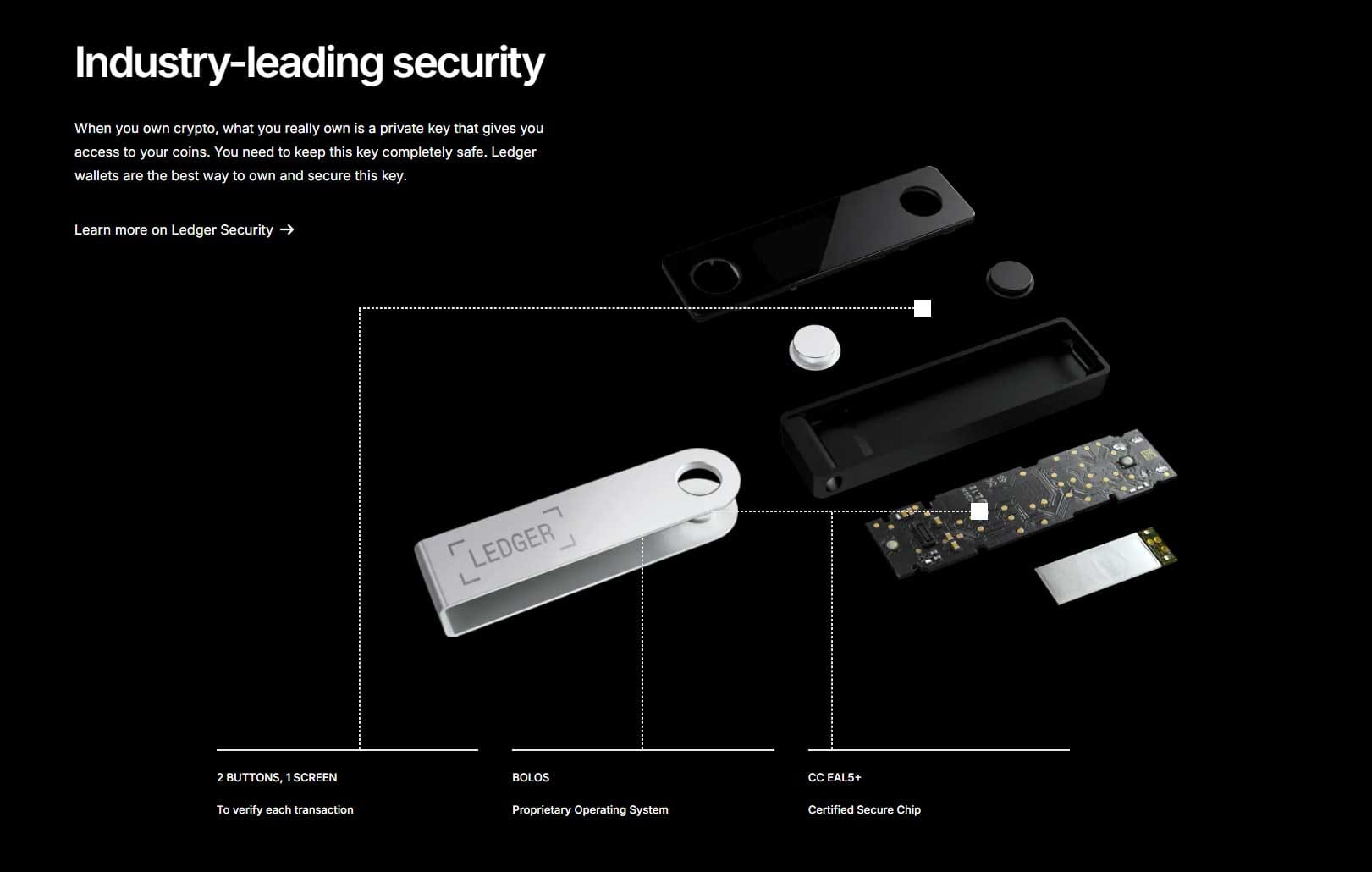




Leave a Reply